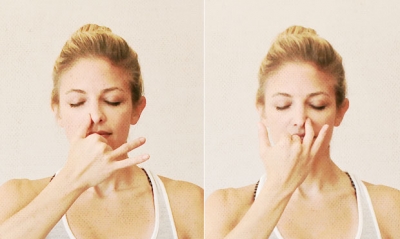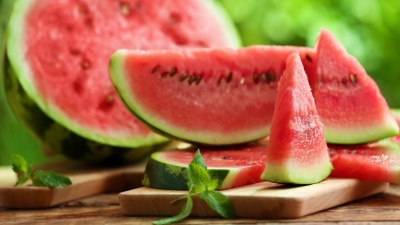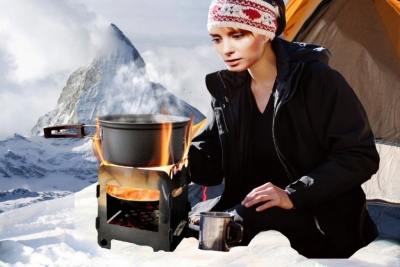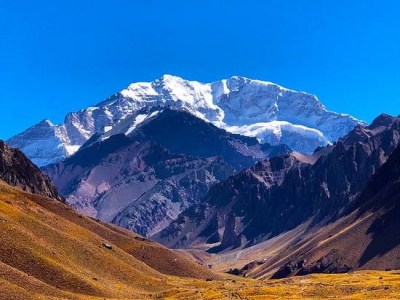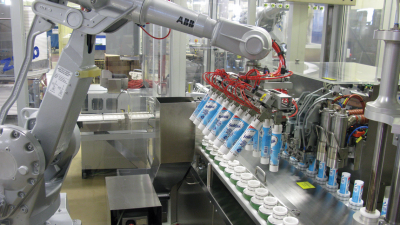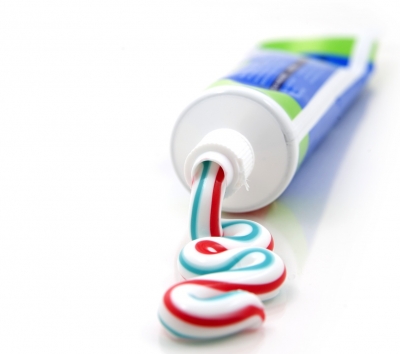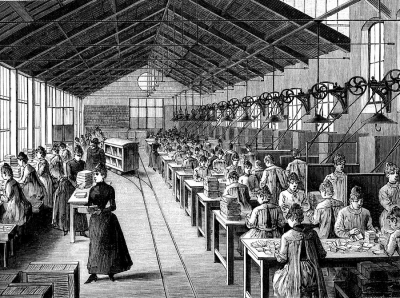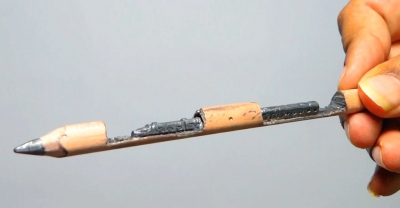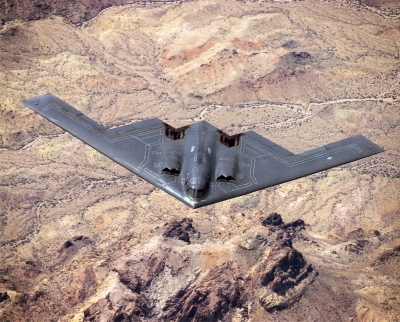
Bats navigate by emitting shrill squeaks that are reflected back to their ears from insect prey or obstacles in their path. Radar works in a similar way, but uses reflected radio signals to detect object up to 2000 miles (over 3200 km) away. Without radar, complex air-traffic control and missile early warning systems would be impossible to operate, and ships at sea would risk collision in the dark or in fog.
Radar devices its name from the term ‘Radio detection and ranging’. It was first developed in Europe and America in the 1930s, after the Italian engineer Guglielmo Marconi (the pioneer of radio) suggested the idea in 1922.
The French liner Normandie – which in 1935 set the Atlantic crossing record in just over four days – was fitted with radar in 1936, for detecting icebergs. By 1939 Britain, thanks to the work of physicist Sir Robert Watson-Watt, had a radar network on its south and south-east coast for detecting aircraft. The system proved invaluable to the country’s defences during the Battle of Britain in 1940. It had a range of about 40 miles (64 km), and operated day and night, passing the range, bearing and height of German planes to the RAF defence network.
Modern radar is sensitive enough to locate all the aircraft coming into a busy airport and allow air-traffic controllers to stack them at different heights in the sky while they organise a landing rota. Airliners are fitted with a radar beacon or transponder (transmitter-responder) on the underside. This sends their radar signals to the ground and back to give the pilot his altitude, and reflects signals from the airport’s two radar systems. The primary system gives warning of the aircraft’s approach and distance, and the secondary system sends coded signals to the transponder, which gives back the aircraft’s identity and height.
Radar signals can also be reflected from raindrops. Weather forecasters use radar networks to locate rain and snow clouds. Airliners have nose-mounted radar scanners that give the pilot a map of the weather up to 200 miles (320 km) ahead, so that he can avoid storms. In case of necessity, the pilot can tilt the scanner to get a rough map of the ground below.
Spacecraft and satellites orbiting the Earth use radar beams to gather information about the Earth’s surface for map-makers, geologists and oceanographers. Radar is also used to find out about the surfaces of other planets.
Picture Credit : Google
